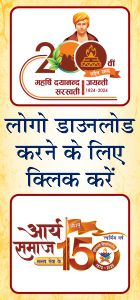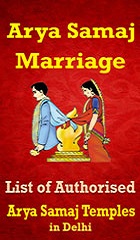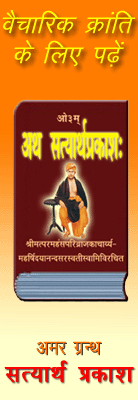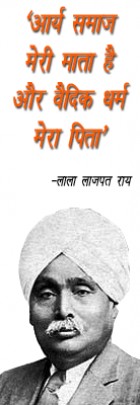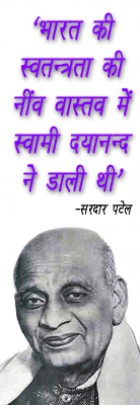Swami Shankaranand
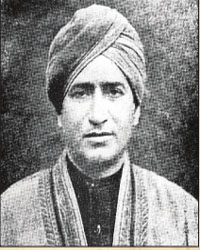
: Amritalal Sengupta
: Dead
: 09-03-1880
: Baje Pratappur
: 13-01-1962
Father :
Navinkrishna Sengupta

Sri Swami Shankaranandaji Maharaj arrived in South Africa on 4th October 1908. Described as “an ambassador for Hinduism”, he proved to be a worthy missionary who preached not only Arya Samaj, principles but the message of Hinduism in its broadest form. The Swami’s perceptiveness led to his gentle attack against much of the superstition, casteism, meaningless ritualism and other illogical practices so common in Hindu modes of worship.
Shortly after his arrival, the Swami found to his consternation, that the most widelycelebrated
festival of Hindus was during the month of Muharram in the Muslim lunar calendar, marked
with mourning for deceased and carrying of floats for submersion into rivers; in which Hindus
played a prominent part. He immediately raised the issue that employers should give Hindus
the day off to celebrate Deepavali. As a substitute to Muharram, Swamiji organised a chariot
procession through the streets of Durban to celebrate the birth of Rama. The Ramnaumi Festival was first held in April 1910. Hindus met at the Umgeni Road
Temple, where the Swami explaine the significance of the occasion. The interventions of Swamiji were decisive in making a ritual shift that would eventually see Deepavali emerging
as the primary holiday of the Hindus. In November 1908, a chapter of HYMA was formed in Overport. Addressing members, the Swami explained that “society” implied union for a common purpose. Hindus had too many “different ideals and ways of realising their God; they had to set aside their differences and work for the common good”.
Swami Shankaranand was a catalyst for increasing religious awareness among Hindus, and
brilliantly exploited opportunities to do so. In 1909, when the authorities wanted to put down two cows afflicted by tick fever, he organised a mass meeting in Mayville which was attended by two thousand Hindus, highlighting the veneration for the cow, and moral prohibition of its killing. The Swami’s politicisation of the issue was as masterstroke in raising Hindu consciousness and union of purpose.
The Swami organized Ved Dharma Sabhas in Clare Estate, Sydenham, Mayville and Overport. These were formed to improve the general knowledge of Indians through reading, cultivating
the art of speaking, reading the Hindi language and “national” script (Devanagri) and rendering assistance to all Hindus. The Swami also presided over the “reconversion” of Christian Indians back to Hinduism.
Aside from his religious compulsions, the Swami also had an economic agenda. He urged indentured and ex-indentured Swami Shankaranand was a catalyst for increasing religious
awareness among Hindus, and brilliantly exploited opportunities to do so. In 1909, when the
authorities wanted to put down two cows afflicted by tick fever, he organised a mass meeting in Mayville which was attended by two thousand Hindus, highlighting the veneration for From Adversity to Prosperity | 7 Hindus to circulate money among fellow religionists and establish co-operative movements, educational institutions and political bodies. He organised an Indian Farmers’ Association (IFA) to unite market gardeners, who were mainly Hindu. The IFA held a meeting on 30 May 1909 to discuss how to set up a Hindu controlled market.
One of his major accomplishments locally was the forging of broader Hindu unity when he founded the South African Hindu Maha Sabha on 31st May 1912. His lasting legacy was thus the provision of a common platform for all Hindus, which celebrated its Centenary last year.

